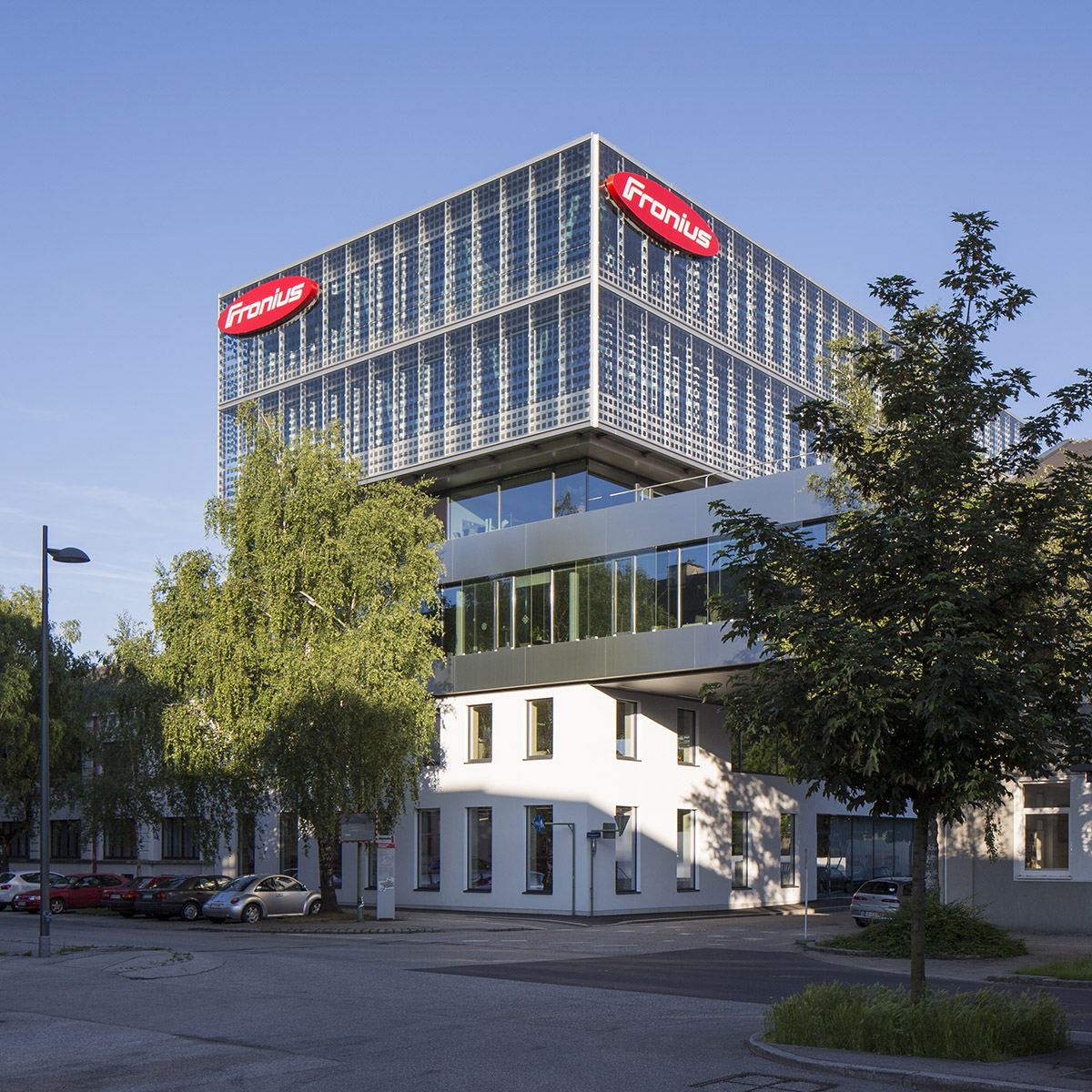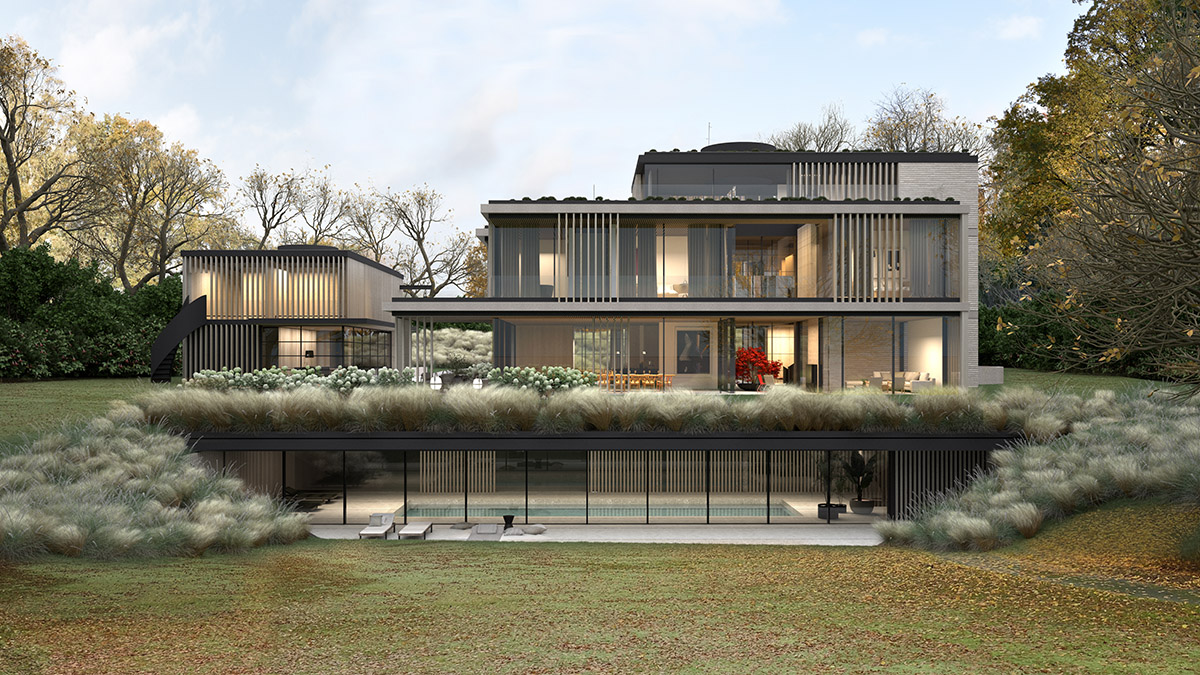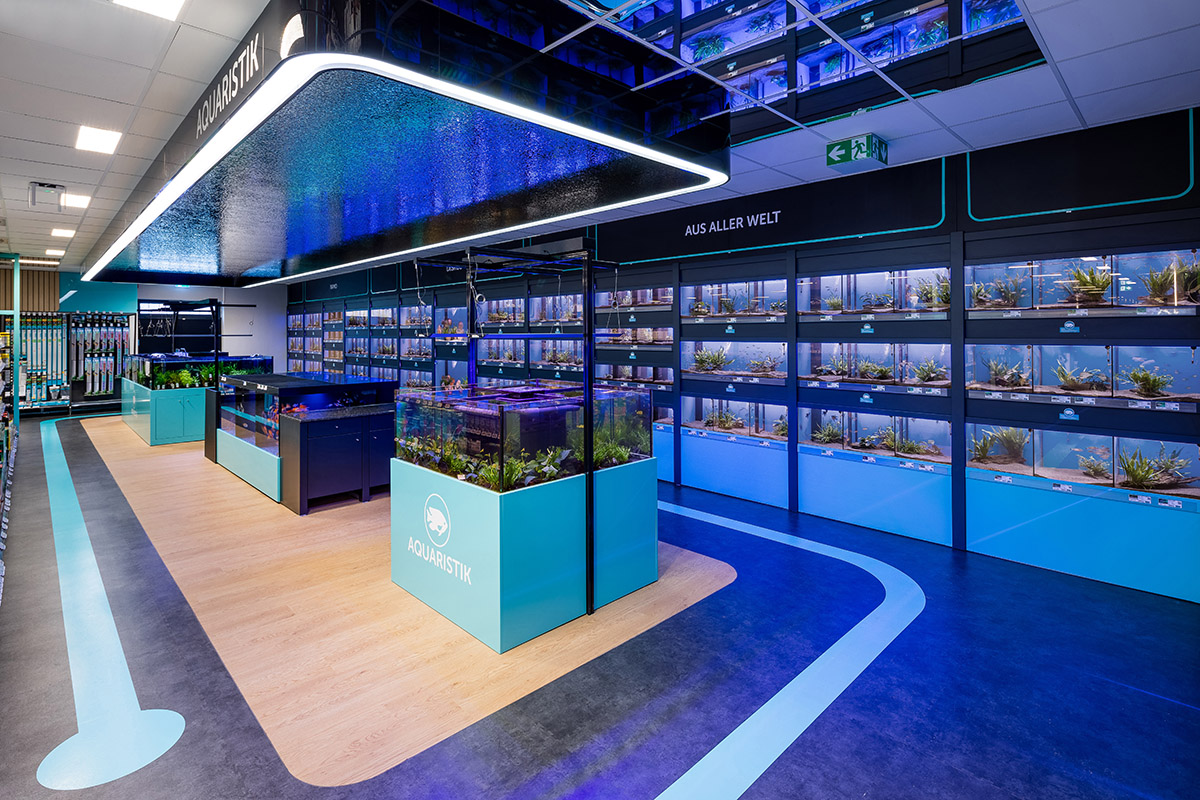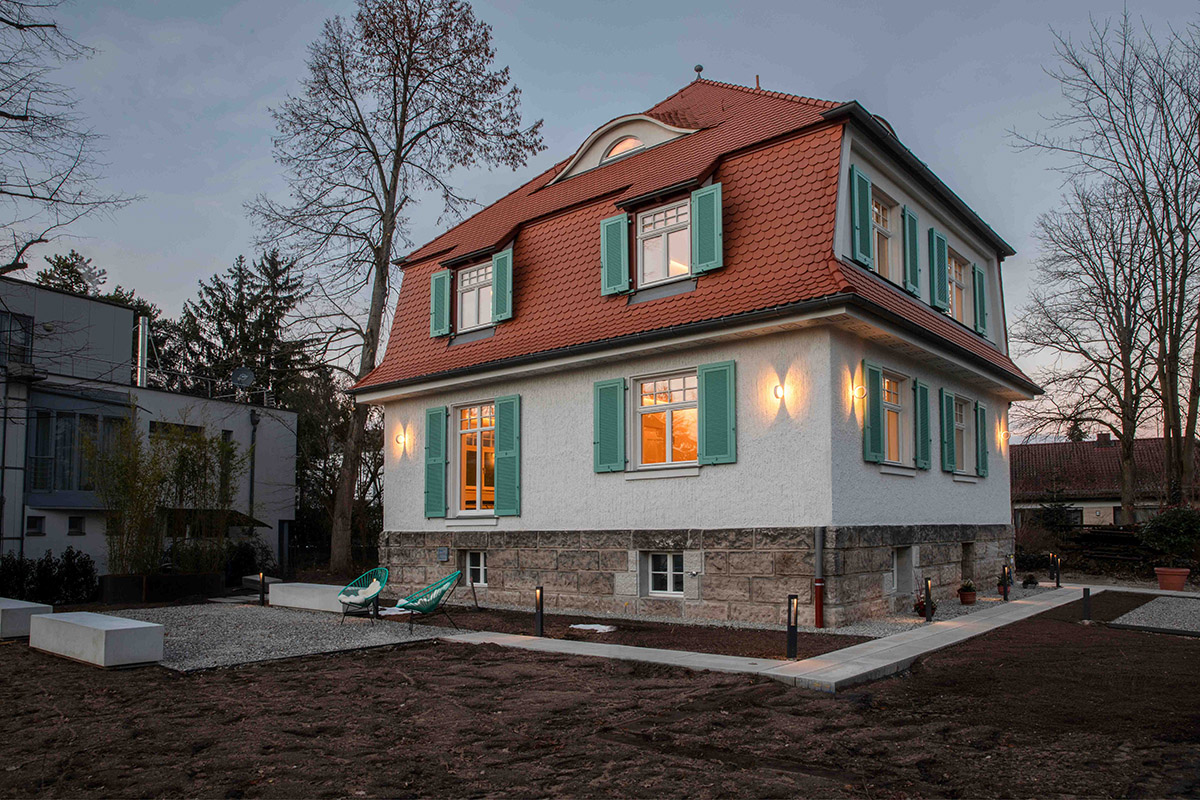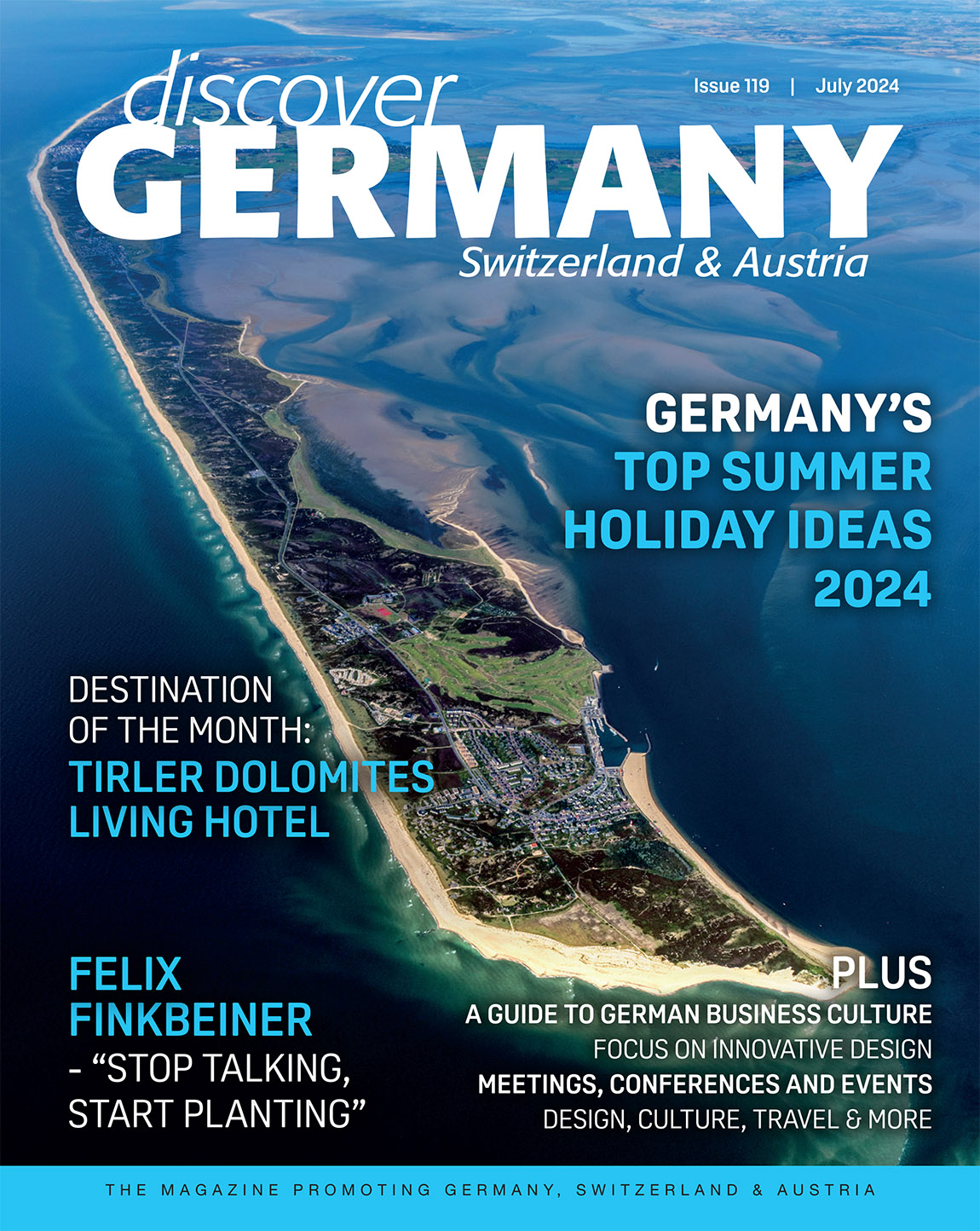WOMEN IN ARCHITECTURE – “We need the holistic female view”
Photos: Till Budde
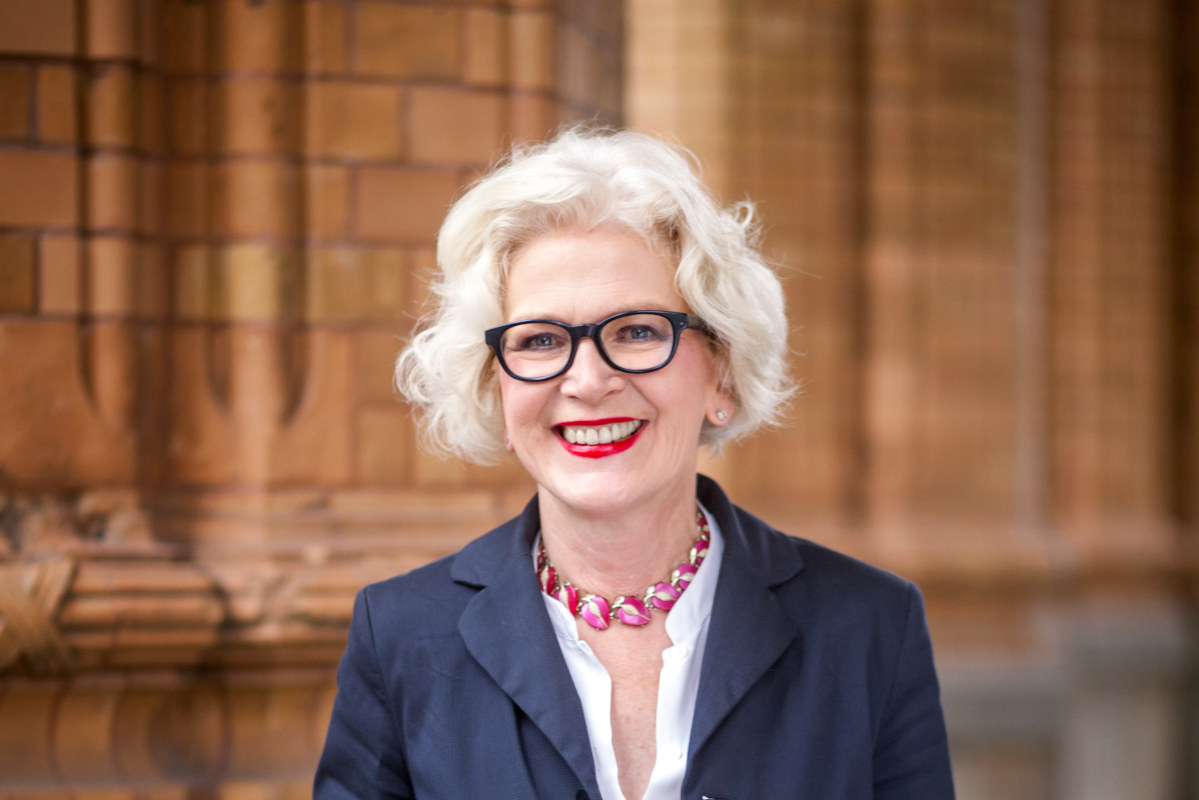
We spoke to German architect and former president of the Federal Chamber of German Architects (Bundesarchitektenkammer, BAK) Barbara Ettinger-Brinckmann to discuss the past, present and future of women in an industry that is still primarily dominated by men.
First of all, why did you decide to become an architect? What fascinated you most about the profession?
B. E.-B.: When I was 16, I studied in the USA and lived with friends of my parents. The husband was the architect of the house in which I was allowed to live, and it completely inspired me. That was my key experience – the elegance of how the building blended into the landscape and respected the tall trees, the fascinating floor plan that ingeniously combined the private and the open. Until then, I had wandered back and forth with my career aspirations but after that, I had a fixed goal. Fortunately, I lived up to the cliché at the time: the subjects I was best at were indeed art and maths. I have never regretted this career choice. After all, is there actually a more fascinating and varied job that is important and valuable at the same time if it is carried out responsibly? We meet people’s basic needs – for housing, home, security and create places for social interaction.
What’s the beauty of architecture for you? What are you trying to achieve with your work?
B. E.-B.: Architecture is a unique discipline. We are building for a specific benefit, at a specific time – for people. We combine specific, technical and creative aspects with poetic and artistic dimensions of space. Architecture has an extensive impact on our social life – it begins with the city with its houses, streets, squares and parks and accompanies us into the most private corners. I couldn’t imagine a better job. It is a wonderful feeling to be able to design and build spaces that are used, appropriated and valued by people. Carefully planned and sustainably built buildings in lively quarters with attractive open spaces are of elementary importance for an open and self-determined society. Almost all current and future challenges – climate and resource protection, careful and socially responsible handling of land, demographic change and migration, digitisation, mobility transition – are directly relevant to our professional activities. The quality of our built environment must be the model for all construction professionals. Because architecture is never just private, it is always also public.
When you started to work in the industry, did you have any problems to assert yourself because you are a woman? If so, do you have a specific example for us?
I finished my studies in the mid-1970s and then gained experience in various areas – first in science, at the university, later in various offices as an employee and in administration. This gave me a very comprehensive insight into the many facets that the job offers. In 1980, after six years of gathering experience, I finally decided to be self-employed, initially as a partner with appropriate support in an existing office, later in a new configuration, but also in partnership – with a male colleague. Our focus included urban planning, building construction (from residential construction to hospitals) and, as a speciality, the management of architectural competitions. The competitions, including my own participation in them, are particularly close to my heart, as they are the best tool that we, the entire profession, give building owners to find the best solution for an urban or structural task. Today I can look back on 40 years of independence and see the office in good hands with our successors.
But you are asking about the problems: It is true that, from my point of view, I had to do more, especially with clients, especially at a young age, in order to convince. I experienced particularly difficult times when my daughter was born and I had to reconcile my desire to give myself completely to this little being while wanting to maintain the continuity of my professional activity. The fact that we as women are assertive is also shown by the fact that more and more women have managed to get involved in voluntary work and we have been able to win the trust of everyone, including that of our male colleagues. I myself have been the president of the Federal Chamber of Architects from 2013 until May 2021.
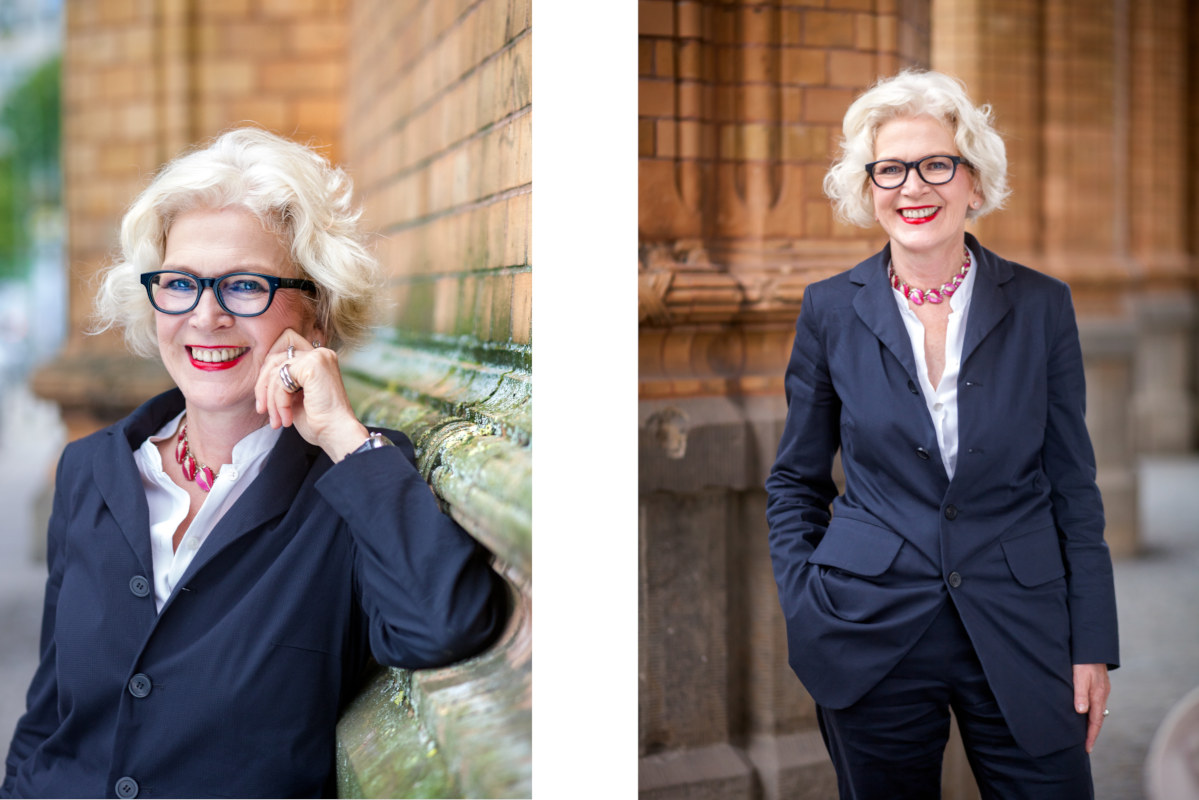
How did the perception of women in architecture change over the years? Is the architectural profession still deemed to be a primarily male-dominated field even though more women are now studying architecture in Germany than men?
When I started studying, only 10 per cent of my colleagues were female. And today? More than half of all students in the fields of architecture, interior design, landscape architecture and urban planning are female. A promising start to an equal professional life? If you look into practice, the architectural world did not really change. Only a good third of the more than 135,000 colleagues registered in the Chamber of Architects are women. And the number of women in managerial positions or even the ownership of architectural offices is vanishingly small. According to the membership statistics of the Federal Chamber of Architects, women are only represented as owners by 1 per cent in offices with 10 or more employees.
Equality is an issue that affects society as a whole and can only succeed if politics and business understand equality as an opportunity for more social justice, more prosperity and more development. Women are increasingly demanding their fair share of the labor market. In addition, there is a growing willingness in companies to promote women more naturally and support them in their careers. Equal opportunity has long been an economic factor for modern societies. The growing number of female architects will change architecture and urban planning. I am excited to see the industry change more and more.
What do women bring to architecture that men maybe can’t? How did you personally assert yourself in the industry?
Carefully planned and sustainably built buildings in lively quarters with attractive open spaces are of elementary importance for an open and self-determined society. We certainly need the holistic female view on our built environment and the contribution of women architects.
What would you recommend young women trying to become architects today?
My recommendation is: be confident, authentic and persevere, while cultivating your own inspiring and diverse networks.
Digitisation, climate protection and demographic changes bring further challenges into our everyday professional life, and it takes courage to invite everyone to help shape it and the courage to get involved. But it opens up opportunities that we can use together.
Subscribe to Our Newsletter
Receive our monthly newsletter by email
